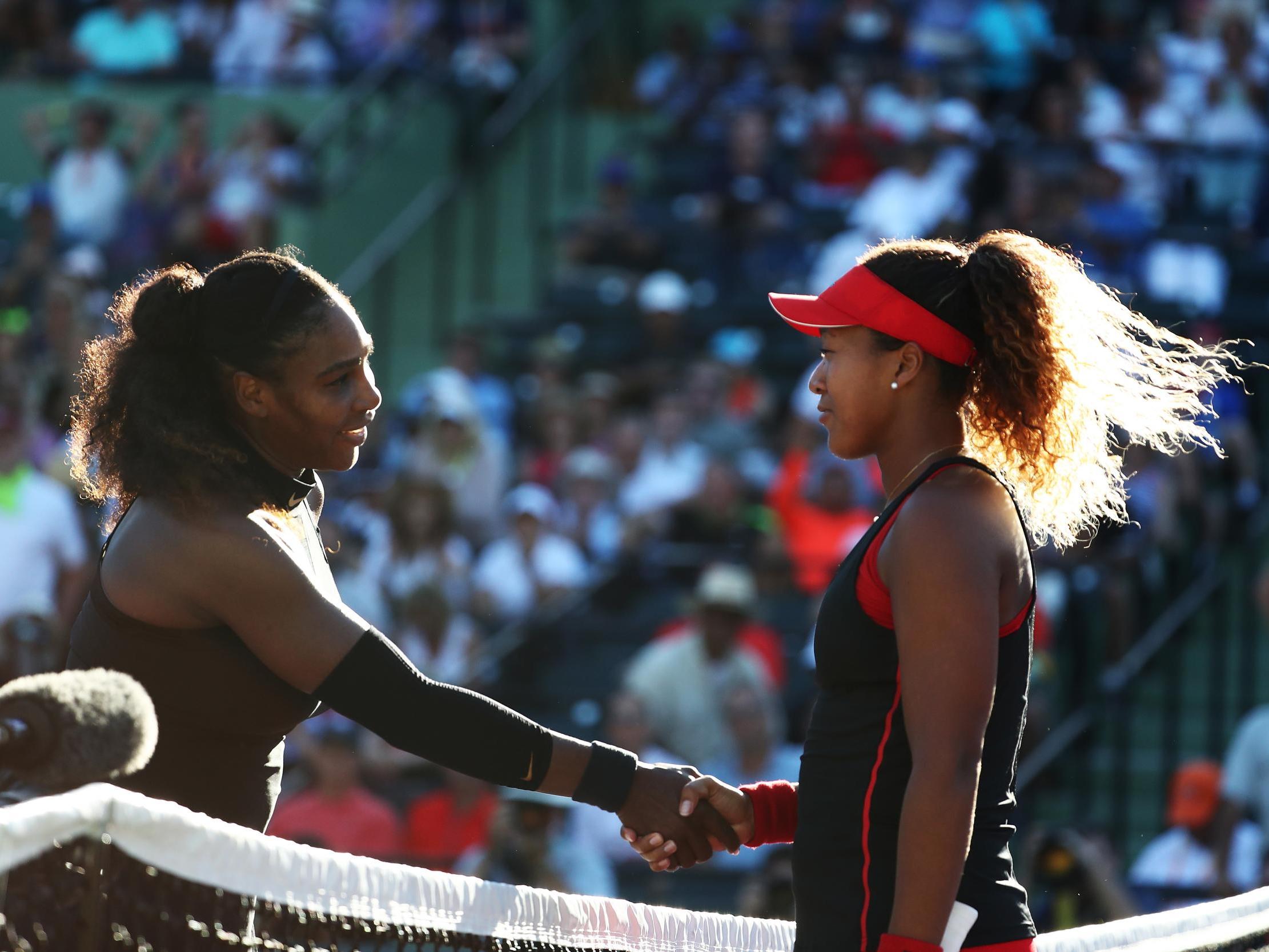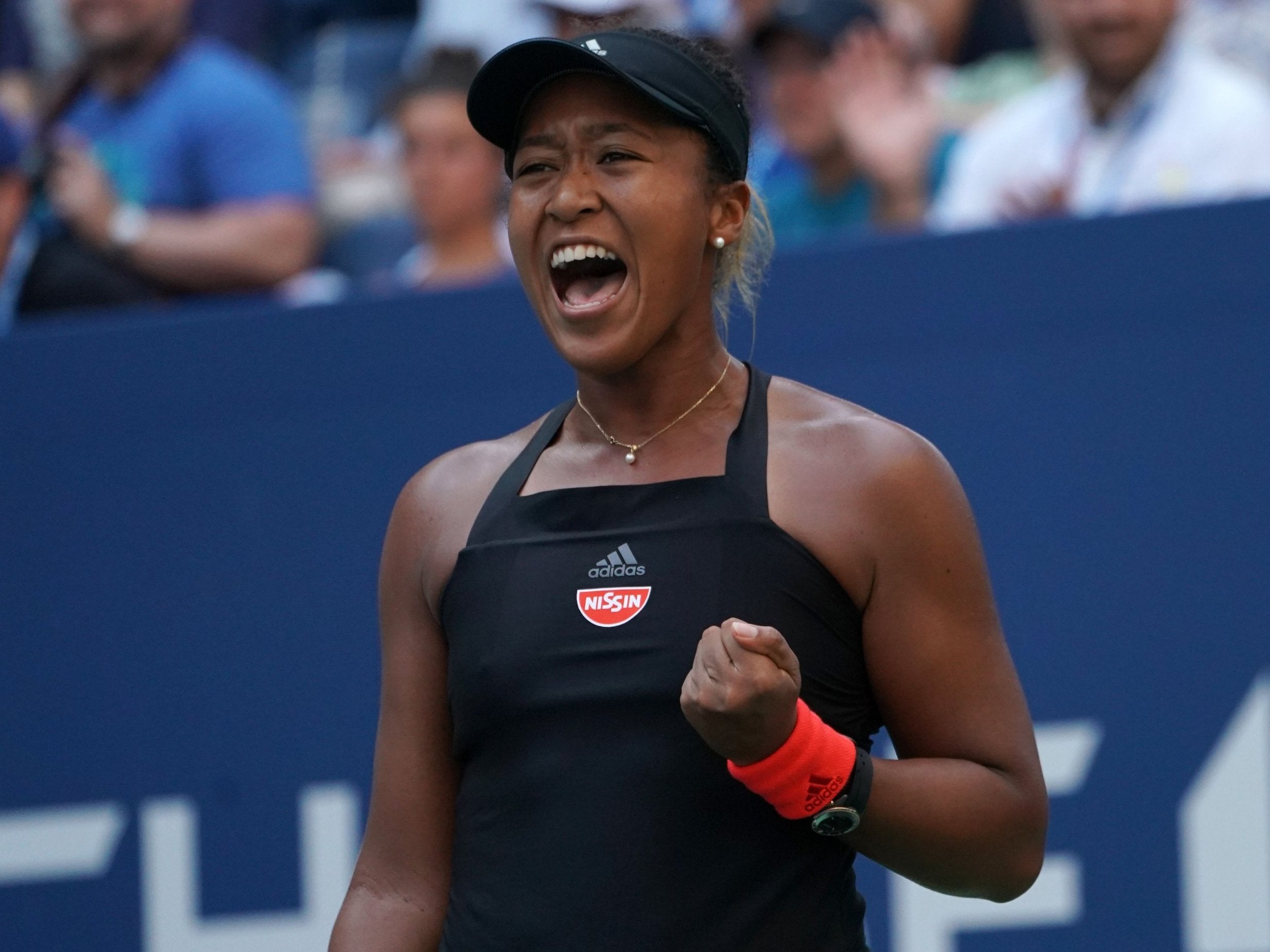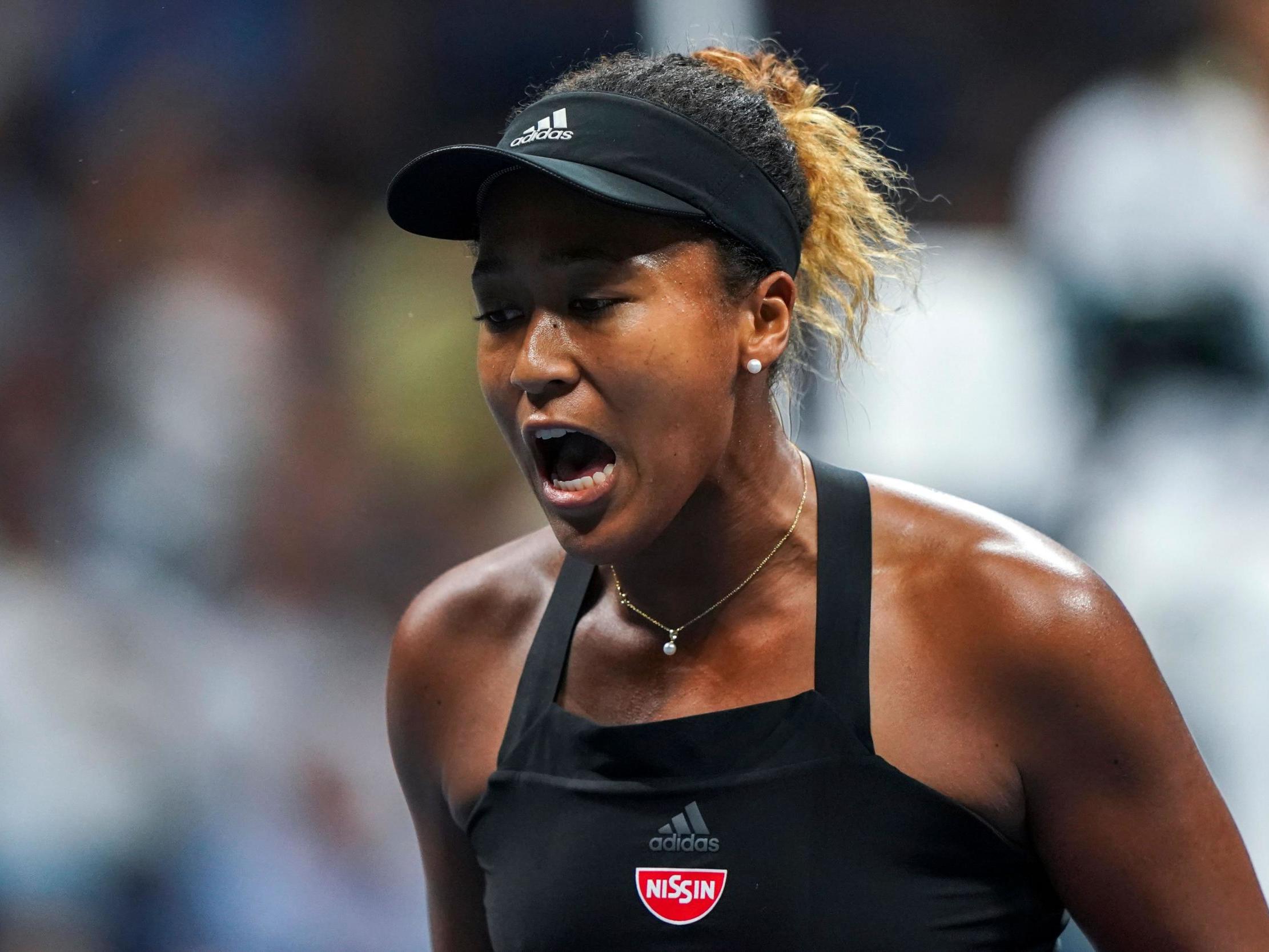Divided by experience, but Serena Williams and Naomi Osaka share much in common
Like Serena and Venus, Naomi and her sister learned the game on public courts and were coached by their father

Naomi Osaka and Serena Williams are divided by a gulf in experience as wide as the freeway that thunders past the USTA Billie Jean King Tennis Center here at Flushing Meadows, but the 20-year-old Japanese will go into Saturday’s US Open final against the 36-year-old American with an advantage that few players can boast.
Osaka has a positive head-to-head record against Williams, having won their only previous meeting six months ago at the Miami Open, even if the 23-times Grand Slam champion had only just started her comeback following the birth of her first child.
“It’s really cool that I was able to play her so early,” Osaka said as she looked ahead to her first Grand Slam final. “As the circumstances were so different then, I’ll be able to see how she has changed since, but I think that experience was really good for me.”
She added: “I don’t want to overthink this match, so I’m not going to think that she’s so much better than she was in Miami. I’m just going to go out there and play.”
Williams meanwhile will not be dwelling too long on the fact that she lost their only previous meeting. “I definitely wasn’t at my best,” she said. “It was good that I played her because I know how she plays now.
“I was breast-feeding at the time, so it was a totally different situation. It was what it was. Hopefully I won’t play like that again. I can only go up from that match.”
Earlier this summer Osaka described the Miami meeting with Williams as “one of the best tennis moments of my life”. The American was always her favourite player growing up and she says she would not have taken up the sport but for the example of Williams and her sister Venus.
There are some striking parallels between Osaka’s early years and Williams’. Although she was born in Japan to a Haitian father and a Japanese mother, Osaka has spent most of her life in the United States, in New York and then in Fort Lauderdale.

Osaka has a 22-year-old sister, Mari, who also plays tennis. Mari is currently ranked No 367 in the world, her progress having been stalled by injury.
Like Serena and Venus, the Osakas learned the game on public courts and were coached by their father. Naomi recalled: “When me and my sister used to train on public courts random people would be like: ‘Are you the next Venus and Serena?’ I feel like they had a great role in us growing up. I always wanted to be Serena.”
Osaka recalls watching Williams play her remarkable match against Heather Watson at Wimbledon three years ago. “I was screaming at my TV: ‘Come on, Serena, you can do it’!”
Even during matches Osaka says she sometimes thinks: “What would Serena do?” After her semi-final victory over Madison Keys on Thursday Osaka admitted she had been thinking ahead to the prospect of facing her idol in the final. Asked how she had saved all 13 of Keys’ break points, Osaka said: “I was just thinking: ‘I really want to play Serena’.”
Osaka has dual citizenship but chose to represent Japan. “I talked to my parents about it,” she recalled. “It wasn’t an easy decision. But I feel more like I grew up with Japanese culture and I feel a little bit more that’s how my personality is. I feel comfortable when I go to Tokyo, too.”

The first Japanese woman to reach a Grand Slam singles final, Osaka understands Japanese but is not always comfortable speaking it. Although she talks in Japanese every day with her physio, at press conferences she generally answers in English even when asked questions in Japanese.
How about when she speaks to her fellow countryman, Kei Nishikori, who was playing Novak Djokovic in the men’s semi-finals here on Friday evening? “Sometimes we speak Japanese,” she said. “Well, he speaks Japanese to me and sometimes I speak Japanese back.”
Osaka’s father has family in New York and she feels at home here. “I lived in Long Island,” she said. “When we were little, we would come to the US Open every year. I would even practise here sometimes, so the site feels really familiar to me. It’s nostalgic every time I come here.”
At the end of last year Osaka hired Sascha Bajin as her new coach. Bajin had been a long-time hitting partner with Williams and had also worked with Caroline Wozniacki and Victoria Azarenka.
Bajin says Williams and Osaka are very different personalities but have some similarities as players. “They kind of want to play the same,” he said. “They are very powerful and both are big servers and big hitters.
“Naomi was a big hitter before I started with her. She had this power. It’s not something that I’ve added to her game. She knew how to play tennis. She maybe didn’t know quite how to handle it or control it, didn’t quite know when to pull the trigger, when not to. She maybe didn’t know that there were even other ways of putting pressure on the opponent.”

Bajin said that Williams was always very aggressive on the court “but I have to push Naomi just to get a fist pump out of her”.
He added: “Off court, too, Naomi is a little bit more reserved, just a little bit more shy. I didn’t meet Serena when she was 20. I met her a little bit later. Maybe she was the same way when she was younger.
“When I was with Serena, she was a little bit more outgoing. On court she’s more of a boss than Naomi is now. I’m working very hard, as we all are in the team, to make sure that Naomi one day might own the court like Serena.
“What I really love about Naomi is that she has somehow preserved that innocence. If she’s sad, she’s going to show it. If she’s happy, she’s going to show it. There are no fake emotions. It’s just very raw, pure emotions. That also makes it easy for me to understand her.”
Bajin tells Osaka that pressure is a good thing. “The more expectations people have from her on the outside, she must be doing something right, because if there’s no pressure or expectations, then you’re nobody,” he said.
“I believe that Naomi is one of those individuals who really craves the big stage, so that definitely helps her competing out there. She always plays better on the big stages than she does on any of the other courts.”
Join our commenting forum
Join thought-provoking conversations, follow other Independent readers and see their replies
Comments
Bookmark popover
Removed from bookmarks